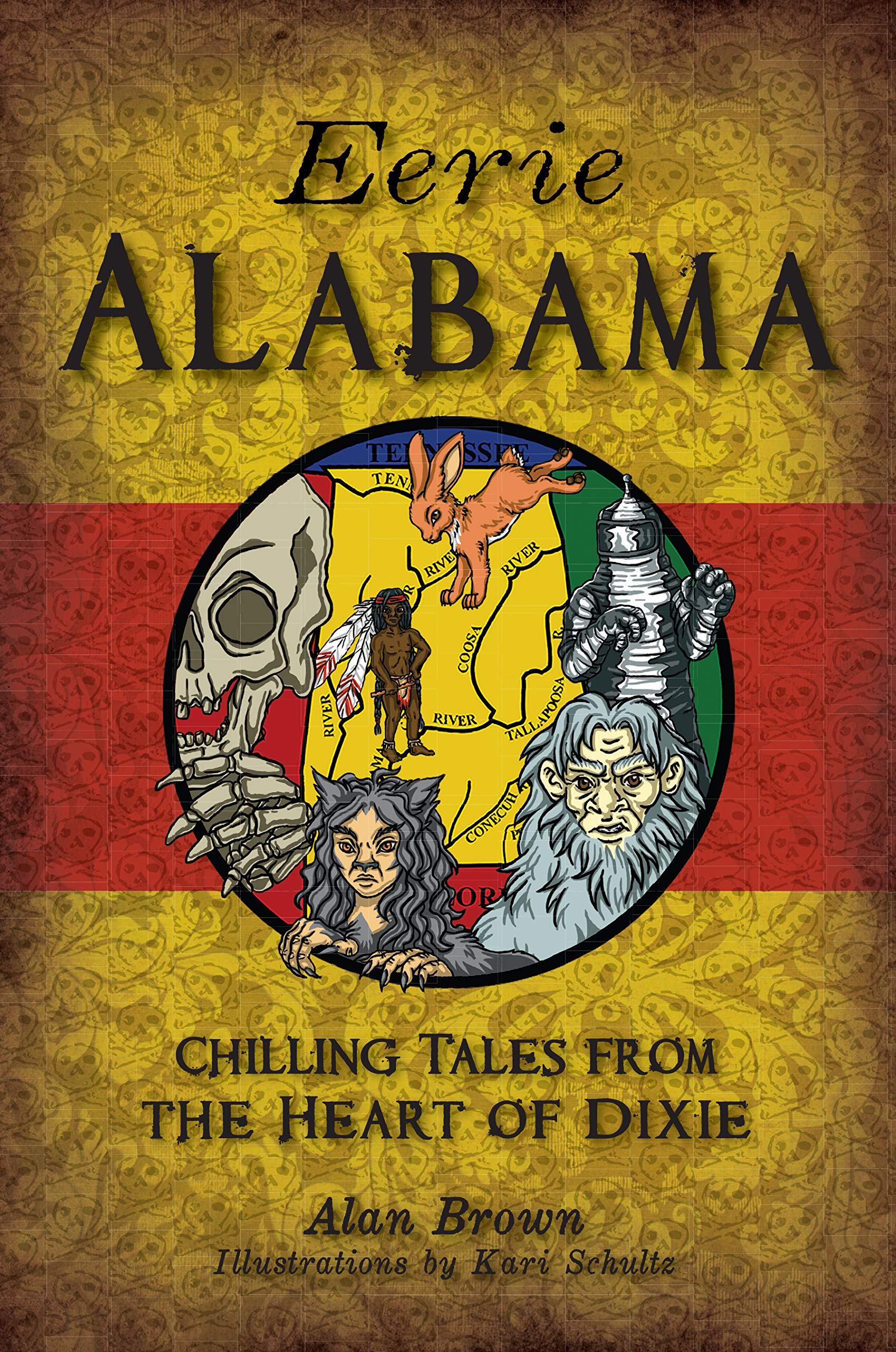Long Island, Tennessee, is a far cry from its much more famous counterpart, Long Island, New York. Long Island, Tennessee, which is a four-mile-long, half-mile-wide island in the Holston River, was sacred to the Cherokee Indians, where sacrifices and sacred rituals were held. It was also a place where parlays called “talk-talks” were held with tribes who had trespassed on their hunting grounds. Even though the Cherokees believed that revenge was a noble virtue, tribal law prevented the killing of anyone on their sacred island, including whites. The tranquility of Long Island was destroyed forever after 1777, when an Indian curse transformed the island into a violent, bloody place.
When whites began settling Kentucky and Middle Tennessee, Long Island became strategically important because of its location just east of the junction of the North and South Forks of the Holston River. On March 10, 1775, Daniel Boone, along with thirty axmen, began work on the Wilderness Trail at Long Island. Colonial settlement in East Tennessee convinced the Cherokees to assist the British during the Revolutionary War. In July 1776, the Cherokees attacked the frontiersmen. The defenders of Eaton’s Fort retaliated by marching into Long Island Flats and defeating the Cherokees. On July 20 1777, the legendary Cherokee chief Atakullakulla signed a treaty with white soldiers that required the Indians to give up their claims to lands settled by whites in East Tennessee. The Treaty of Long Island also forced the Cherokees to relinquish Long Island to the whites. However, not all of the Cherokees were satisfied with the treaty. The story goes that as the Cherokees were leaving their lands, a medicine man cursed Long Island, proclaiming that no white men would ever be able to live there in peace.
For over two hundred years, murder and madness have afflicted the residents of Long Island. As the medicine man predicted, many people have been killed there. The most famous murders were committed in 1925, when a fugitive named Kinnie Wagner gunned down the law enforcement officers who had been dispatched to arrest him. One of the murders on Long Island has become the stuff of legend. In the early 1940s, a resident of Kingsport whom folklorist Charles Edwin Price has identified as Albert Ross discovered that his son, who was on leave from the U.S. Marines, had driven to a local “make-out” spot on Long Island with his girlfriend. A devout Christian, Ross decided to intervene before his son committed a mortal sin. When Ross arrived at a secluded spot on the island, he was shocked to find the young in the throes of passion. Before the startled couple could rise from the ground, Ross attacked them. Mad with rage, he began stabbing his son with a long knife. In another version of the tale, he beat his son with a tree limb. After his son had slipped into unconsciousness, Ross killed his son’s girlfriend. Dropping his weapon, Ross slipped into the darkness, never to be seen again.
Not surprisingly, Long Island has gained a reputation as a very haunted place. It is said that any couples bold enough to venture out to the island for some “private time” have been terrified by the sight of a wild-eyed, wild-haired man, wielding a club or a knife and running in their direction. Charles Edwin Price says that the flickering campfires of the Cherokees can still be seen on the island. People riding down the Hoston the Holston River claim to have heard the chanting of Cherokee warriors echoing through the night. Occasionally, ghostly canoes are seen gliding down the river.
No one lives on Long Island today. Approximately half of the island has been turned into a park by the City of Kingsport. The other half is occupied by a waste treatment plant. Maybe it is just as well that there are no permanent residences on Long Island anymore.



Recent Comments